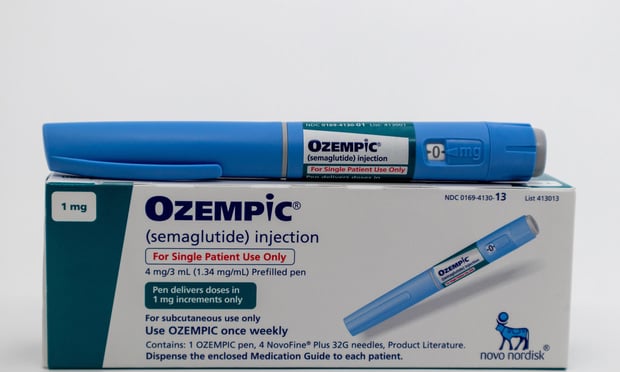 Credit: Flamingo Images/Adobe Stock
Credit: Flamingo Images/Adobe Stock
The future of employee benefits lies not in a one-size-fits-all solution but with plans that are tailored to the specific worker needs. This gives employers an opportunity to reimagine benefits not as a burden but as a strategic advantage.
“Employers are realizing that sticking with the status quo is like buying bigger pants to fit a growing problem,” said Andrew Fondow, senior vice president of Aon. “True change starts when we’re willing to tackle the root issues.”
Recommended For You
In this year’s Healthcare Benefits Insights Report, Rezilient Health asked industry leaders about their changing role in the health benefits landscape; innovative plan design strategies; approaches and attitudes about using technology; and whether there is a willingness to challenge the status quo. Respondents cited several key trends.
Putting control back in employers’ hands. Imagine being able to see exactly where health care dollars are going and making smarter decisions for workers. Thanks to emerging price transparency tools and unbundled solutions, employers finally can start to do just that. These tools are delivering the power to design benefits, mixing and matching solutions that meet the specific needs of their workforce while keeping budgets in check.
“Transparency isn’t just about data; it’s about empowerment,” said Barbora Podzimkova Howell, CEO of TrueClaim. “With the right tools, employers can take control of their second-largest expense in ways they never thought possible.”
Turning technology into a human-centered ally. New technologies such as AI and advanced analytics are doing more than crunching numbers; they are empowering people. Whether it’s a chatbot answering benefits questions in seconds or algorithms identifying savings opportunities, these tools are turning complexity into clarity. The result? Employees and employers alike are experiencing health care as it should be -- accessible, personalized and supportive.
“Technology is finally catching up to humanity’s needs,” said Nick Soman, CEO of Decent Health. “By combining AI with real human empathy, we’re creating health care experiences that are seamless, intuitive and caring.”
Participants also shared their predictions for 2025 and beyond. Soman believes
brokers no longer are simply advisors but are becoming advocates for bold action.
“A great broker isn’t just a guide,” he said. “They’re a Sherpa, helping employers climb the mountain of health care innovation with expertise and care.”
By challenging employers to step away from their comfort zones and embrace innovative solutions, brokers are driving a movement that puts people first and costs second. Their courage and creativity are reshaping the industry.
A movement toward affordability without compromise is another trend. Across the country, health plans are being rebuilt from the ground up. With intelligent, value-based models without deductibles and copays, employees don’t have to choose between paying for care and meeting their basic needs. This world is becoming a reality as new models make it possible to deliver better care at lower costs.
Related: 3 ways to reduce health care costs
“Eliminating financial barriers is a gamechanger,” said Josh Butler, president of High Plains Health Plan. “When employees can access care without hesitation, their health improves -- and so does the employer’s bottom line.”
Adam Berkowitz, CEO of Simpara. believes direct primary care is transforming the way employees experience health care. By eliminating insurance barriers, employees gain unlimited, direct access to primary care providers who focus on prevention and long-term health. Employers, in turn, save on downstream costs, such as hospitalizations and specialist visits. With more than 8,000 direct primary care clinicians leading the charge, this model offers a return to relationship-driven care where providers have the time to know patients deeply and proactively manage their health.
“When primary care takes its rightful place at the center of health care, everyone wins,” he said. “Employees get healthier, care gets simpler and employers save money.”
The best way for brokers to succeed in this new benefits landscape is by doing what has always worked in the past -- put the needs of people first.
“Good brokers are going out and saying, ‘I can help you find alternatives to what has been going on for the last five to 10 years,’” Soman said. “Mainstream adoption of new approaches to health benefits is starting to happen faster than I expected. The broker plays a critical role, because they are the solution to the fact that many small businesses accidentally end up running a health care company when all they meant to run was their own company. Not many people want to become a true expert in that. So brokers will help you find a better option. I am a huge advocate for the brokers who are really trying to take care of people.”
© 2025 ALM Global, LLC, All Rights Reserved. Request academic re-use from www.copyright.com. All other uses, submit a request to [email protected]. For more information visit Asset & Logo Licensing.








